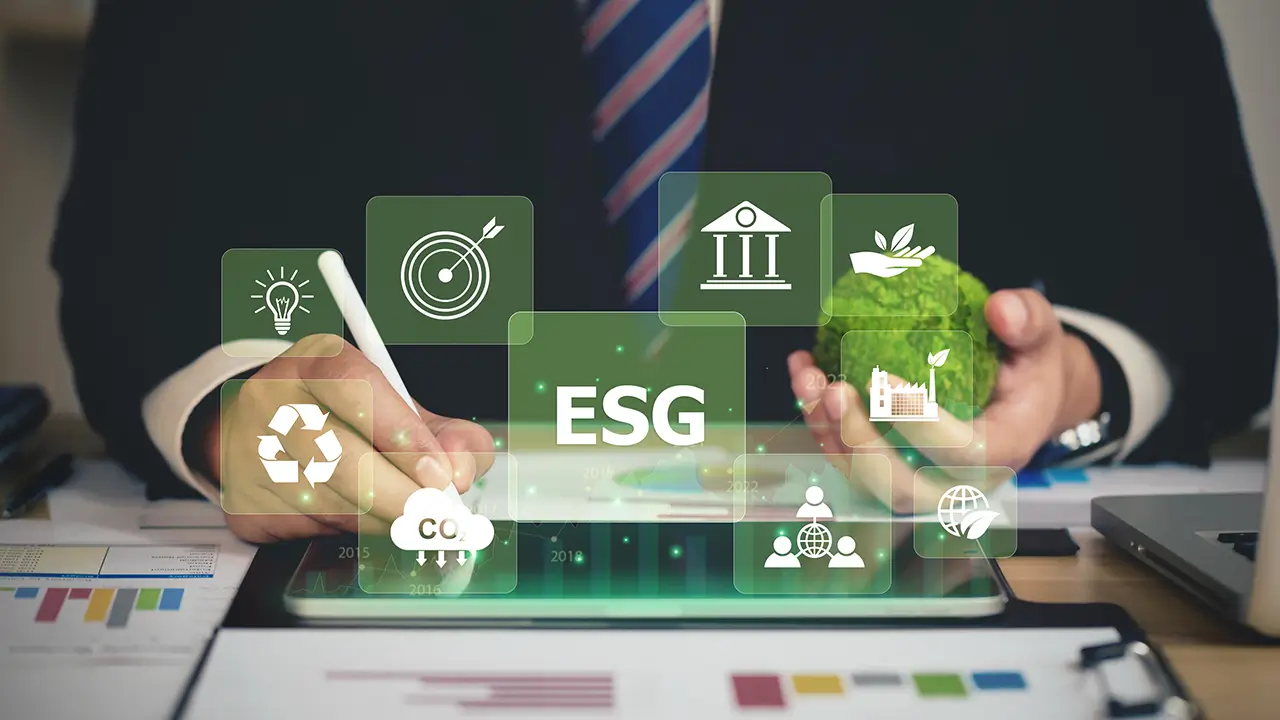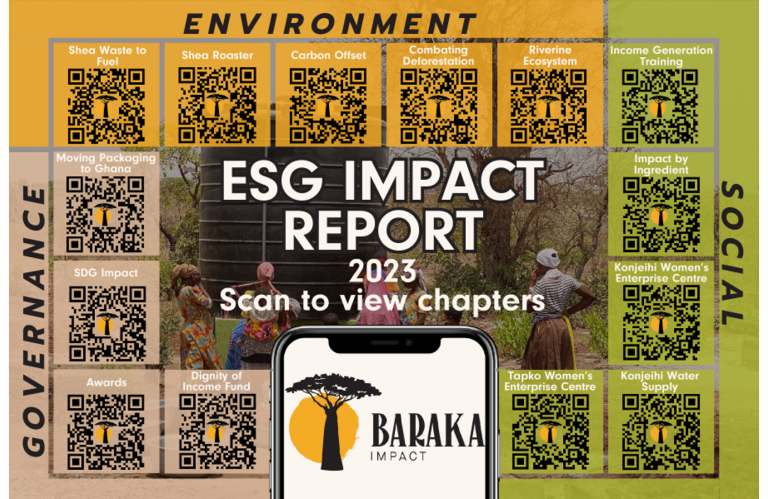
The phone rang at 7:30 AM on a Tuesday. A frustrated CEO of a major Ghanaian manufacturing company was on the line:
“Professor, we’ve spent six months and nearly GH¢400,000 on ESG consultants. We have three reporting frameworks, seventeen metrics we don’t understand, and a 47-page report our board can’t even use. Meanwhile, our competitor just secured financing at 1.5% better rates because of their ESG profile. What are we doing wrong?”
Sadly, this story isn’t unique. It’s the predictable result of treating ESG as a compliance exercise rather than what it really is: one of the most powerful strategic opportunities available to Ghanaian businesses and governments today.
Across Ghana and the world, ESG has become a de facto requirement. Investors demand it. Customers expect it. Regulators enforce it. Employees even use it to choose where they want to work.
And the numbers are clear: ESG-aligned companies access capital at 0.25–0.75% better rates, reduce operating costs through efficiency improvements of 5–15%, and build stronger, more loyal stakeholder relationships. With IFRS S1 & S2 mandatory in just 18 months, the question isn’t whether your organization will engage with ESG—it’s whether you’ll turn it into a competitive advantage or let it drain resources as a costly burden.


Open a consulting proposal or attend an ESG conference and you’ll often be met with a blizzard of jargon: frameworks with dozens of metrics, intricate matrices, and multi-stakeholder models, most disconnected from business value.
This complexity isn’t just expensive—it’s counterproductive. It keeps organizations stuck in reporting mechanics while missing the point:
ESG isn’t about reports. It’s about results. It’s about creating measurable business value and stakeholder benefit simultaneously.
The best way to begin is not with frameworks, but with one simple, powerful question:
👉 What is our specific business case for ESG engagement?
This isn’t about abstract responsibility. It’s about clarity. It’s about identifying how ESG integration:
Keeping your focus on this question brings clarity. It illuminates next steps, highlights the gains within reach, and surfaces the risk-reduction opportunities that matter most.
At Baraka Shea Butter, the ethical sourcing company I founded, ESG isn’t a side-report—it’s our business model.
We built everything around value-linked impact: women’s cooperatives in northern Ghana, sustainable harvesting, and transparent sourcing. Our “report” fits on a 4×6 card included in every order, with QR codes linking customers to impact stories.
The outcome? Over 17,000 five-star reviews, partnerships with global companies like Lush Cosmetics, and a loyal customer base that values our social impact as much as product quality.
That’s ESG as strategy. That’s ESG producing results.


If you’re wondering what to actually do Monday morning, here’s where to start:



Organizations that treat ESG as strategy, not paperwork, consistently capture advantages:
These are not abstract promises. They are tangible, measurable benefits already being captured by forward-looking organizations in Ghana and worldwide.
ESG is here to stay. The question for leaders is whether you’ll treat it as a compliance burden or embrace it as a strategic opportunity.
The companies and governments that thrive will be those that keep their focus on the core question and act decisively:
👉 What is our specific business case for ESG engagement?
Answer it well, and ESG stops being a cost of doing business—and becomes a driver of sustainable growth, competitive advantage, and resilience.